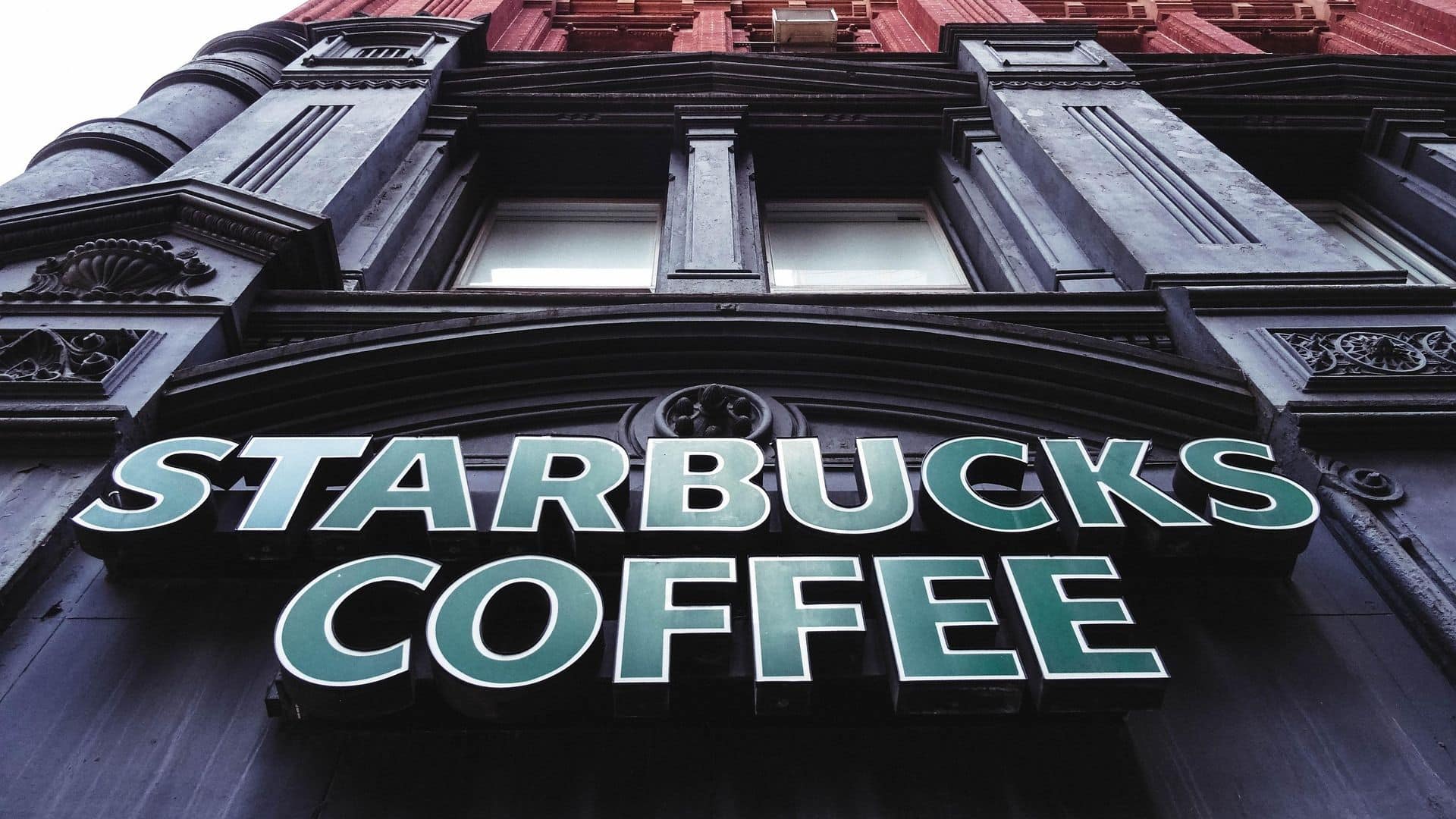Starbucks has confirmed the closure of 434 stores across the United States, its largest retrenchment since the 2008 financial crisis. The move is part of a $1 billion restructuring effort that reflects changing consumer behavior and economic pressures. While the closures represent only a fraction of the chain’s vast presence, they signal a deliberate shift from constant expansion to a more selective strategy focused on efficiency and resilience.
A Difficult Decision from the Top

CEO Brian Niccol acknowledged the weight of closing stores, emphasizing that only locations without a clear path to profitability were chosen. Alongside the closures, nearly 900 corporate jobs will be cut as the company aims to streamline operations. Niccol framed the strategy as essential for safeguarding Starbucks’ future and ensuring that the cafés that remain continue to thrive.
Lessons from the Past
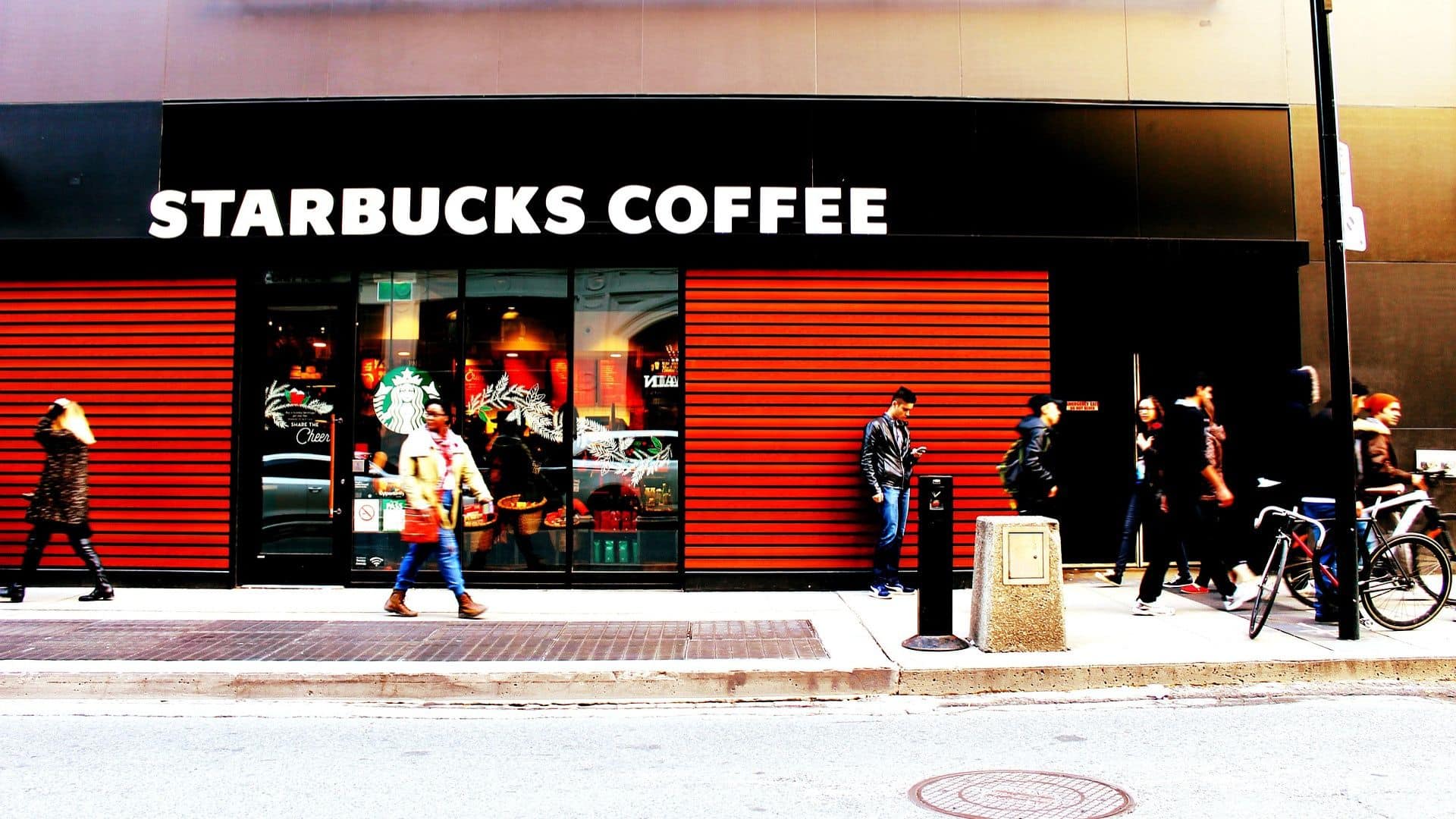
The announcement recalls the company’s retrenchment in 2008, when 600 stores closed during the global economic downturn. This time, however, the closures are not a reaction to sudden collapse but rather the result of six consecutive quarters of falling sales in the U.S. The sustained decline points to deeper shifts in consumer spending patterns.
Understanding the Sales Decline

Company filings show that same-store sales slipped 2% in the most recent quarter, continuing a trend that began in early 2024. Analysts attribute much of the decline to inflation, which has pushed customers to cut back on small indulgences such as premium coffee. Even dedicated Starbucks fans are visiting less frequently, reconsidering whether daily trips fit within household budgets.
The Price of Restructuring
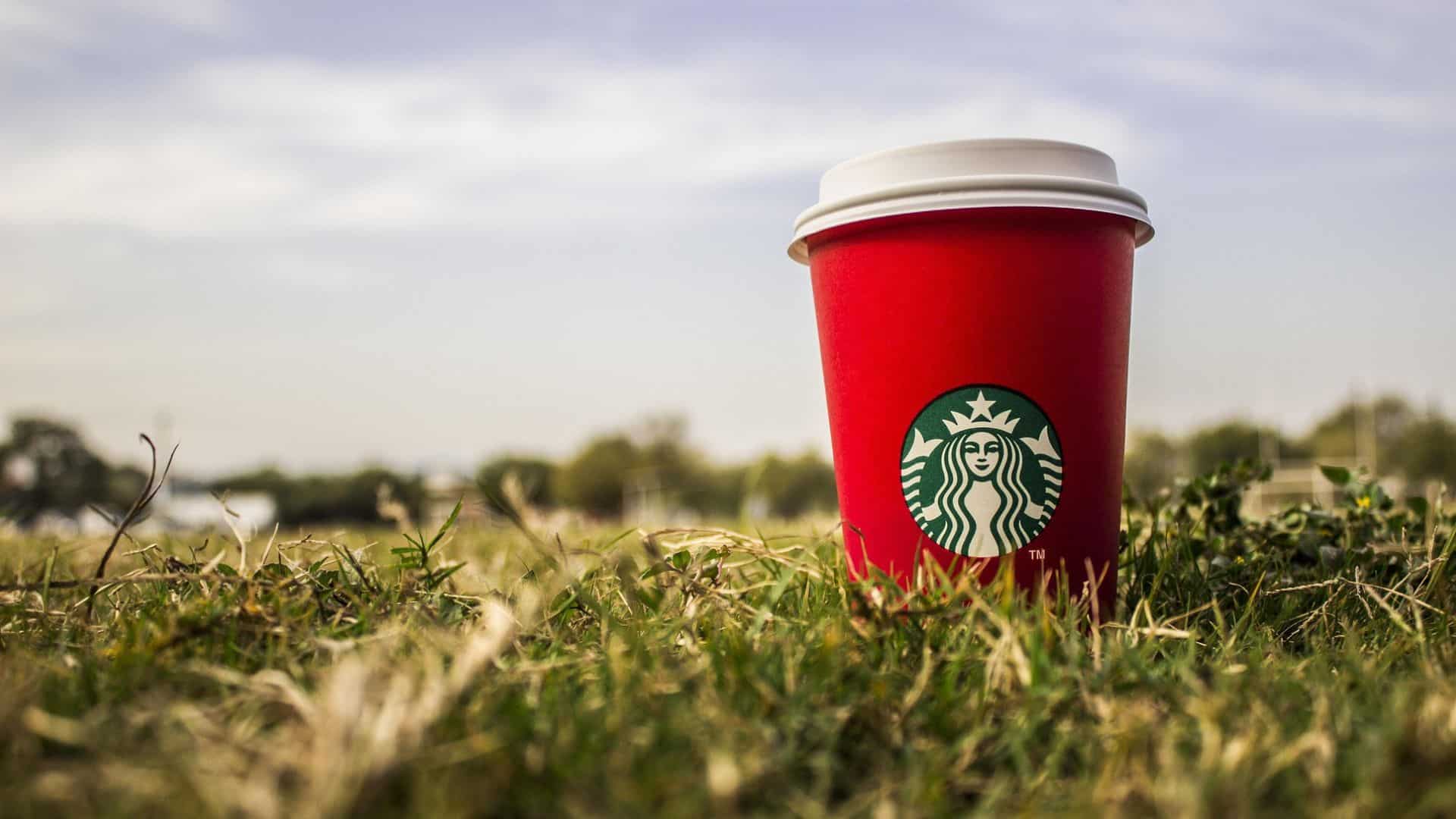
Starbucks will take a $1 billion charge tied to the plan, with $150 million set aside for severance packages and the remainder covering shutdown expenses and overhead reductions. Executives insist the cost should be seen as an investment in long-term health rather than a short-term setback, positioning the company to regain momentum.
Choosing Which Stores to Close
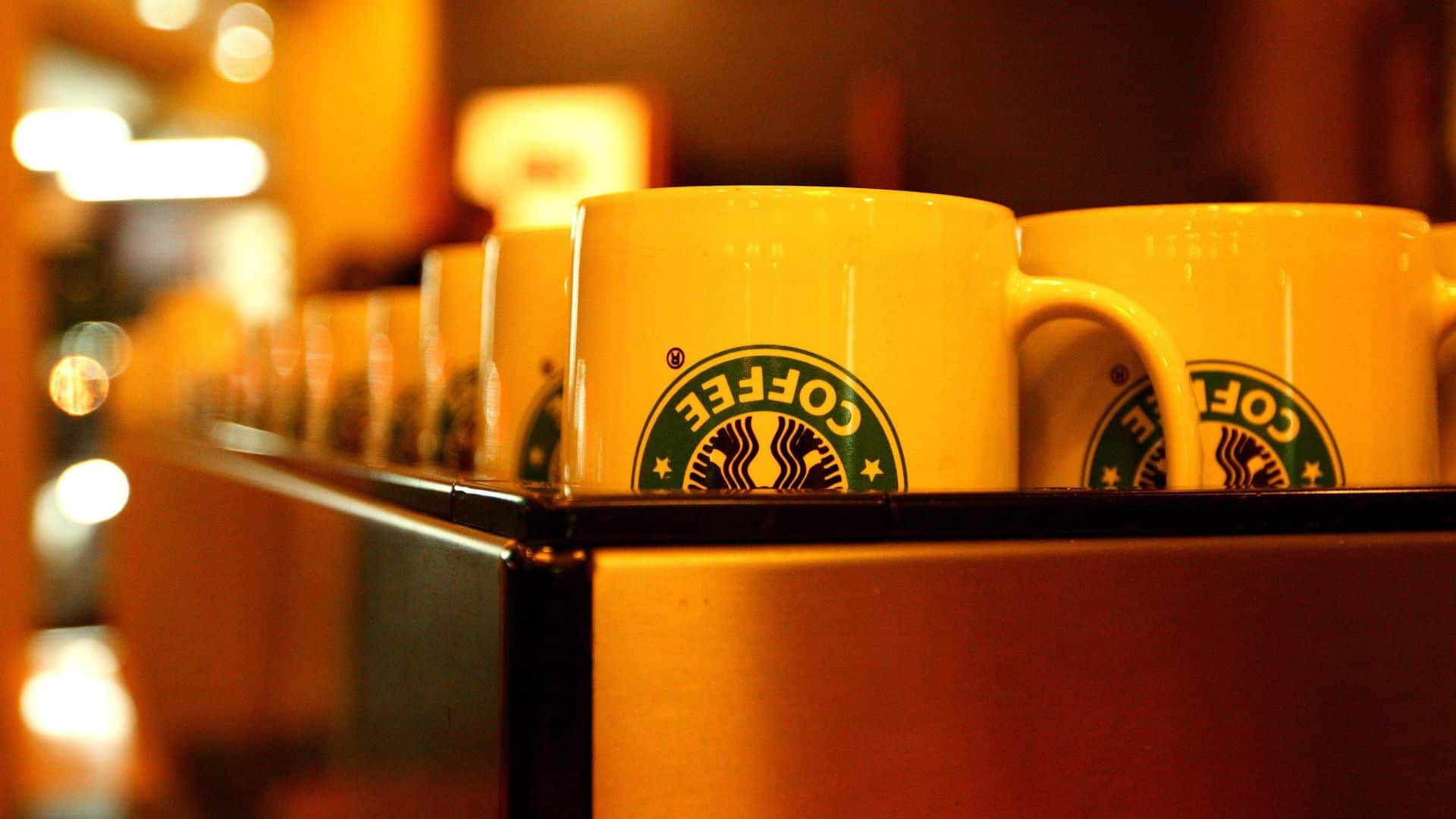
The cafés selected for closure were largely those underperforming in urban markets, where commuter traffic has not fully recovered since the pandemic. Starbucks is also scaling back its “pickup-only” cafés, which struggled to attract steady demand. More than 90 of these locations are scheduled to close or be reconfigured by 2026.
Communities Feel the Loss

For many neighborhoods, Starbucks cafés have been more than places to buy coffee. They have served as gathering spots, informal workspaces, and social hubs. The disappearance of local stores forces regular customers to change their routines and leaves some communities without a familiar third space between home and work.
Pushback from Labor Voices

Starbucks Workers United has criticized the closures, arguing that employees were excluded from the process and deserve stronger protections. The union has pledged to advocate for better reassignment opportunities and severance support. This tension adds to ongoing labor disputes that have become more prominent since unionization efforts began in 2021.
A Strategy of Pruning to Grow
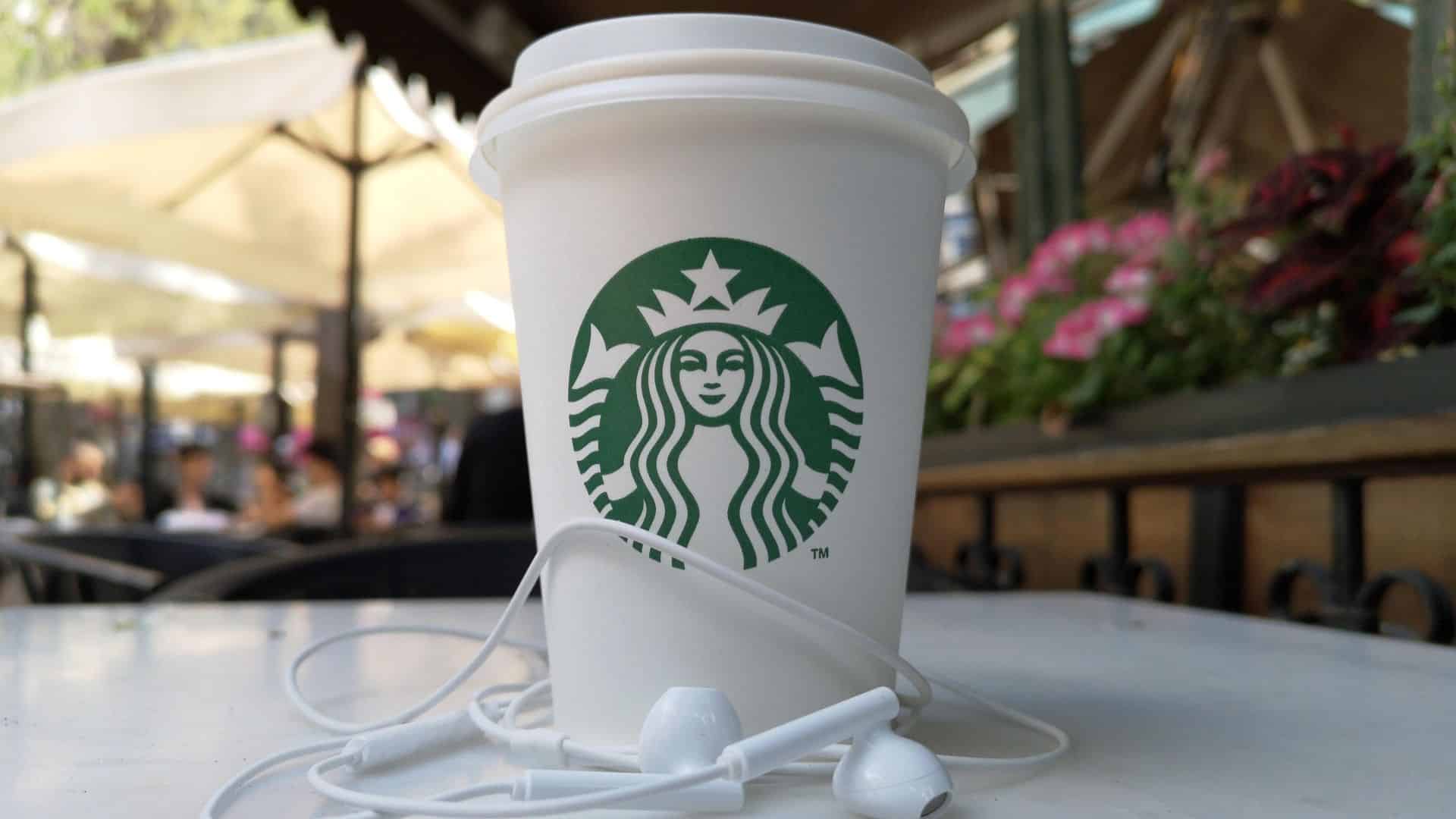
Despite the pullback, Starbucks insists it is not retreating from growth altogether. Instead, the company is redirecting investment toward suburban areas, airports, and high-traffic corridors where demand remains strong. Executives call the approach “shrink to grow,” trimming weaker assets while building in markets that promise greater long-term stability.
